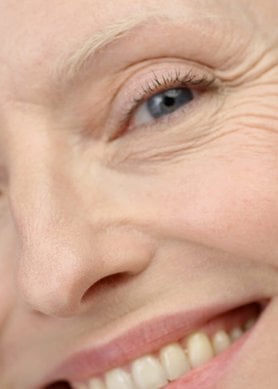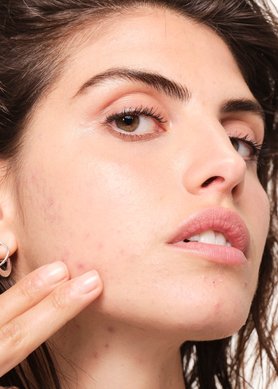How photopollution affects the skin
But did you know that pollution has the potential to worsen the effects of UV-related damage?[1]
This phenomenon, known as photopollution, has been demonstrated to have various negative consequences for the skin, with hyperpigmentation a particularly common problem. Research by L’Oréal also suggests a link between exposure to urban pollution and adult acne.[2]
In an interview with journalist Vivienne Parry, L’Oréal expert Laurent Marrot reveals:
“Skin cells are exposed to stress from photopollution, which results from a combination of air pollution and UV rays. This damage can affect the cell’s outer covering, its proteins or even its DNA. Because they are damaged, the cells are unable to divide and the epidermis is unable to renew itself, as before renewal can take place, cells first have to repair existing damage (via production of antioxidants).
Thus, we can see that the continued renewal of the epidermis would be affected [by photopollution].”


